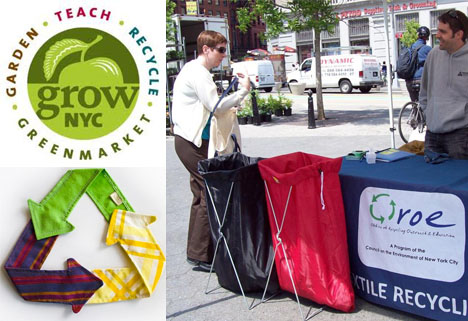Fashion designers would like us to believe that the costlier the garment, the higher the quality, and perhaps to some extent that is true, but there are certain extenuating factors that make mincemeat out of fabric, like kitty claws.
Such was the case with several pairs of my rather pricey velour lounging pants that probably would have stood the test of time, were it not for the enthusiastic upright stretches of my dear sweet feline, Snagglepuss, against my legs.
In seemingly record time, my knock-around duds went from sleek, to pockmarked, to holey and finally woefully thread bare. Despite hand sewing many of the more noticeable kitty-triggered ventilation spots over and over again, the fabric itself succumbed to a massive fashion malfunction, forcing me to finally let ‘em go.
Far too disheveled to donate and seemingly impossible to repurpose into anything other than cleaning rags (thanks to those menacing little puncture wounds), with great regret, I ultimately kicked them to my curb on garbage day. This kind of situation isn’t unique, however. It constantly plays out all over the world — not necessarily due to limber cats — but perhaps the result of splattered paint, inconvenient tears or spots that just won’t come out.
